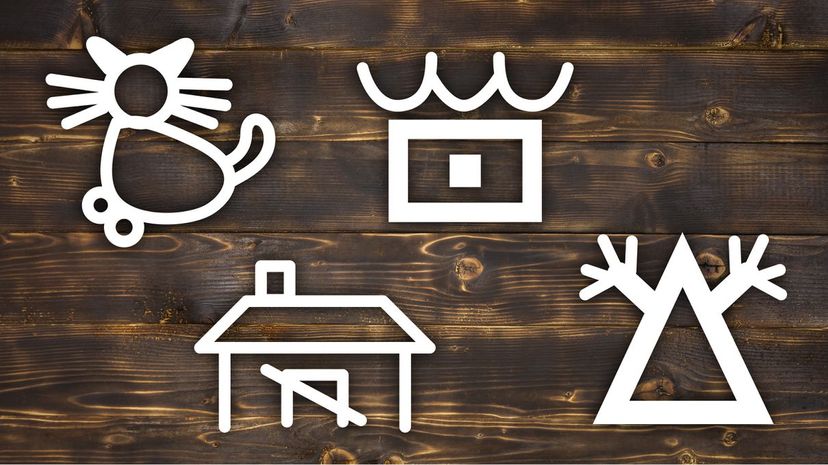
About This Quiz
For as long as we've had towns and space between them we've had journeymen, transients, drifters and hobos traveling from place to place to eke out an existence and see if there are greener pastures somewhere in the distance. The word hobo dates back to the 1890s int he United States, likely in the Northwestern or Western part of the country though it's hard to say for sure. These days the word is used pretty loosely and is, for many people, synonymous with a bum or a homeless person, but all of those words had different meanings once upon a time. For instance, a bum was a term for someone who does no work at all. A hobo, however, is someone who wants to work and travels around to do so. They ride the rails to where opportunity lies and see what new towns have to offer. But it's never just that easy.
Life as a hobo could be rough and full of danger. In order to try to help one another out there arose a kind of hobo alphabet, a series of signs and symbols they could scrawl in easy to see places that would allow others who came through to know what was up. Symbols could let another hobo know if a home would have a spare room in exchange for work, or free food. Others could warn of guard dogs or other dangers. If you think you can translate the hobo symbols of old, take the quiz and show your stuff!
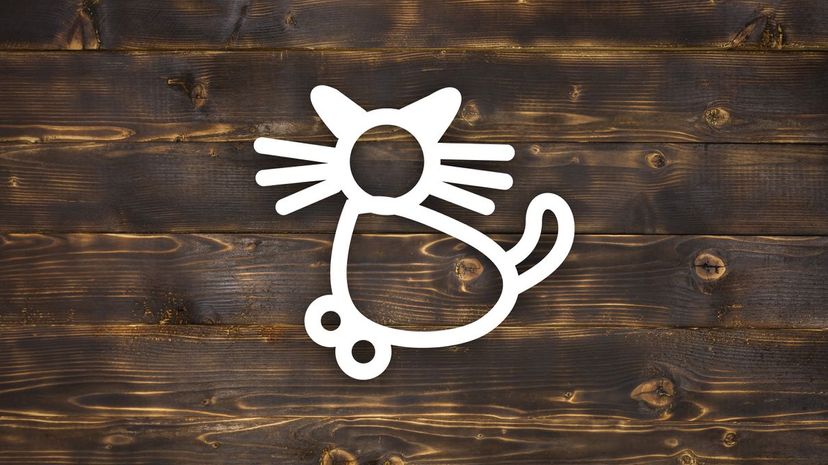
The cat symbol means that a kind-hearted lady lives in the house, presumably because cat ladies have big hearts and are nice to animals? It's one of the more desirable symbols to run across if you're a hobo on the road.
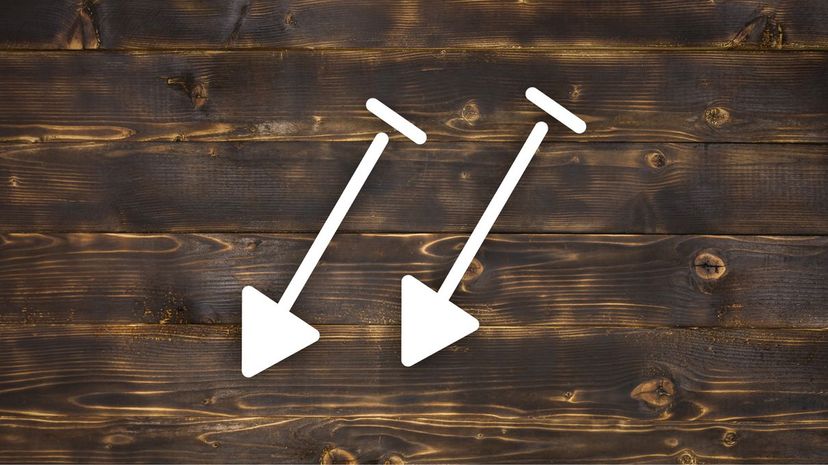
A pair of shovels means that this is a good place to be because work is available. The nature of the work could vary, but whatever it is, it's probably worth looking into if your goal is to earn your keep for a while.
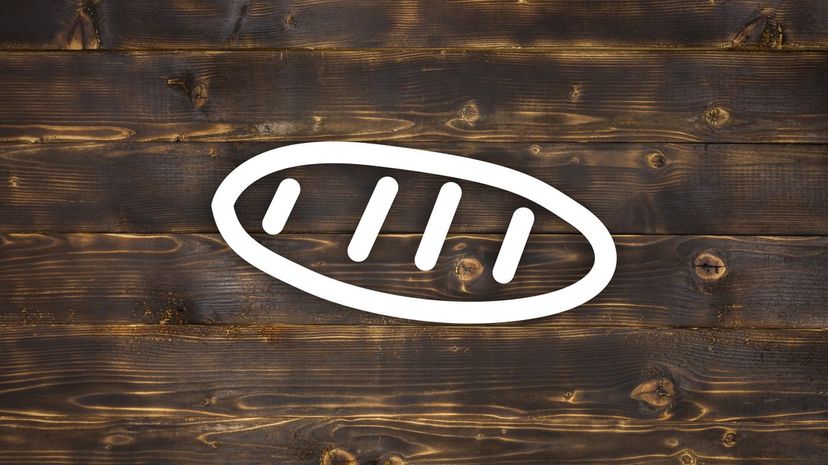
This symbol represents a loaf of bread, which you can probably get now that you know what it's supposed to be. It lets another hobo know that the menu in this particular location is going to be a little bit limited, but, as they say, beggars can't be choosers.
Advertisement
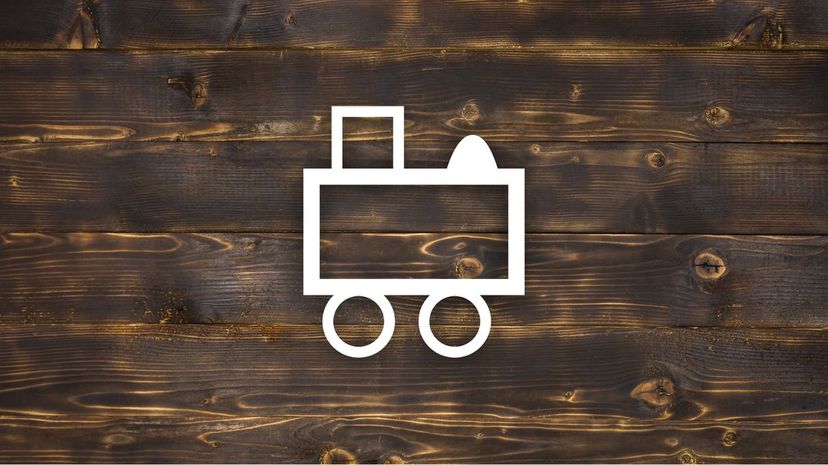
Hobos get around by riding the rails, so it's good to know where the trains are. The tiny train symbol lets you know there's a good place to catch a train nearby, ideally the sort of place where no one is monitoring who's jumping on and off.
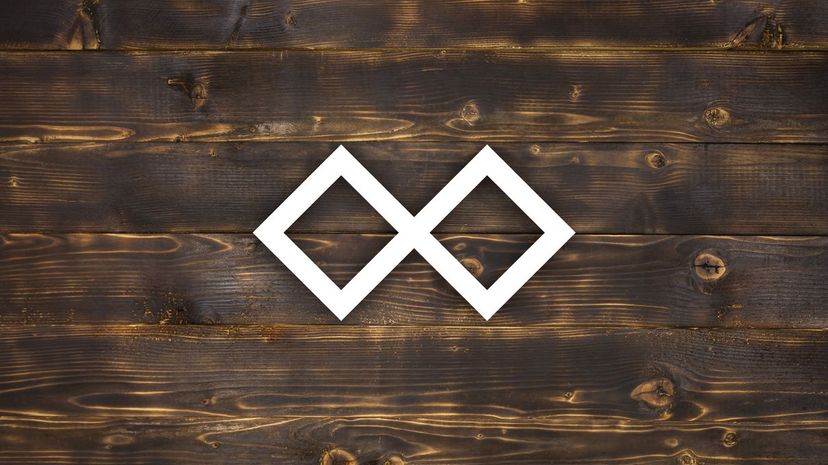
Two diamonds side by side indicate that there is a baby in the home, and you should stay quiet. Hobos had to be very polite and accommodating if they expected to get any food or money, so this was important info.
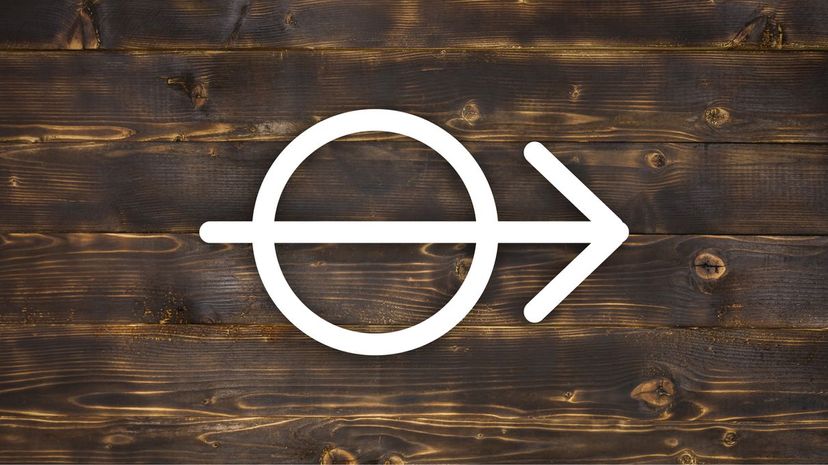
A circle with an arrow through it in which the center of the circle is left empty is a warning symbol. It's telling the hobo who reads it that they do not want to go that way. The danger is not specified, but it's enough to know something bad is that way.
Advertisement

The plus sign is the medical cross, and when it's capped by that little circle, it indicates a kind doctor that is willing to help you out. Back in the day and up through the Depression, this would have been a literal lifesaver and much more common than anything today.
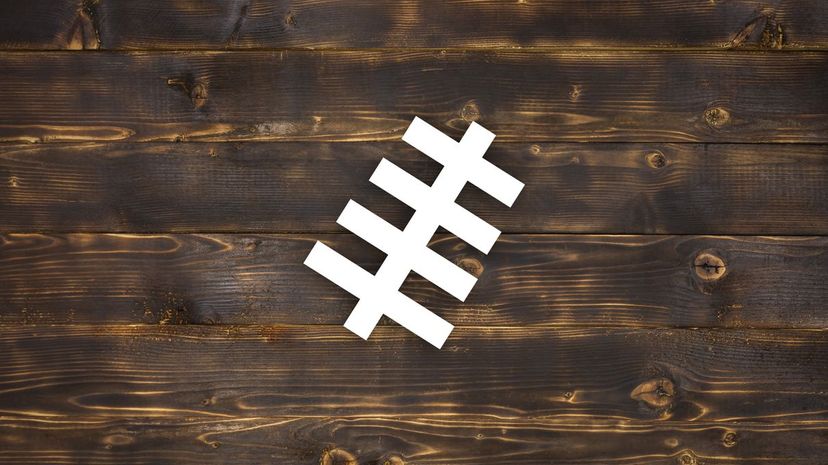
Though it looks like stitches, this symbol is a little more confusing than anything to do with medicine. It means that the person who lives here will curse you out. All things being equal, you should probably avoid a symbol like that.

Those four lines indicate that the housewife in this home will give you some food in exchange for doing chores. You may not know this, but hobos actually created a union back in the day that had a code of ethics for them to follow.
Advertisement
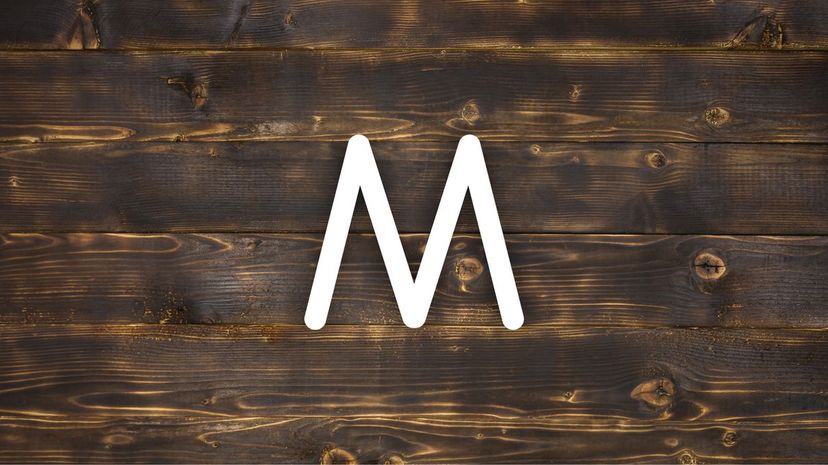
Two spikes in the letter M formation means that if you want to get something out of this place, it's in your best interest to tell a hard-luck story. Whether that means exaggerating some details or outright lying is anyone's guess.
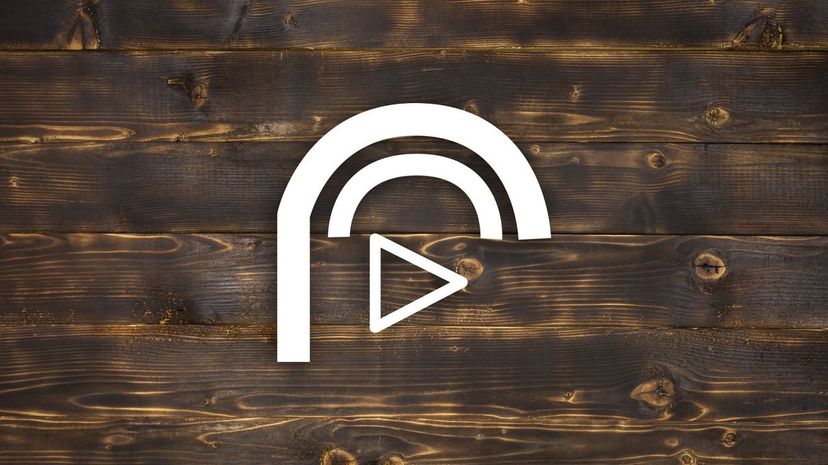
This curious symbol indicates that there is a loft on the premises that you can sleep in. Why would so many people be open to helping hobos? Part of their ethical code back in the day was always to be courteous and respectful.
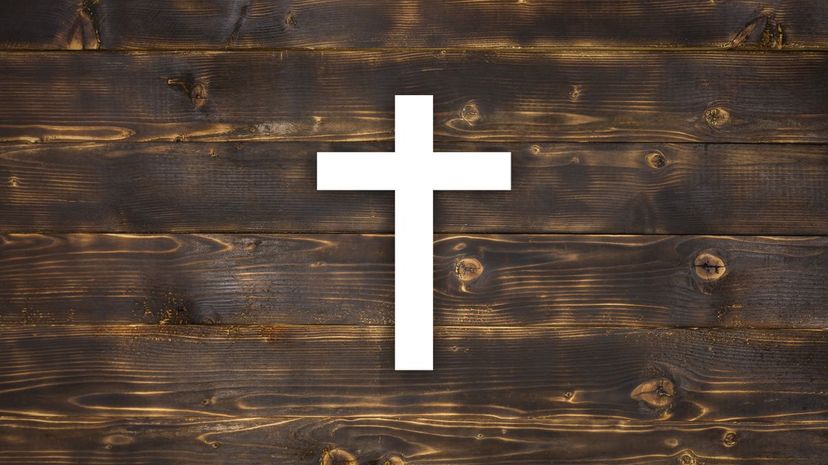
The symbol of a cross outside a building meant that your host was a religious sort, and if you could discuss religion with them, it could be worth a meal to you. Never hurts to be well versed in topics other people hold dear.
Advertisement
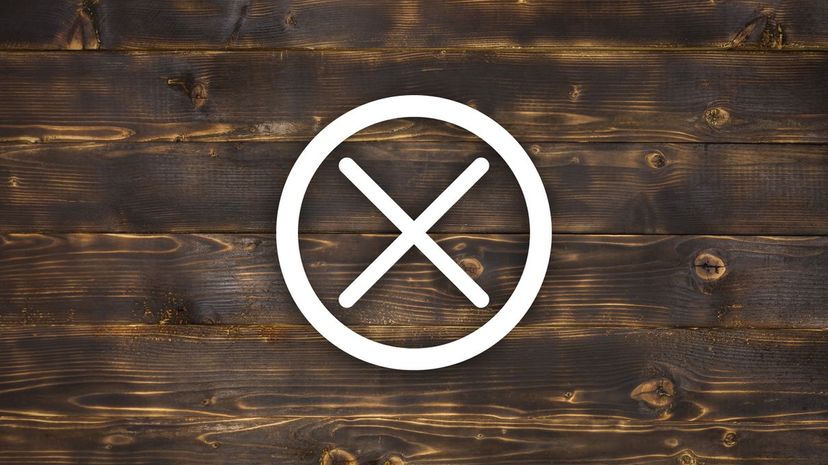
Sometimes X marks the spot, and in this case, it marks the place where a hobo could go and get a handout. According to hobo ethics, that means you can't go here if this person seems like they're in a vulnerable position. You should always respect others.
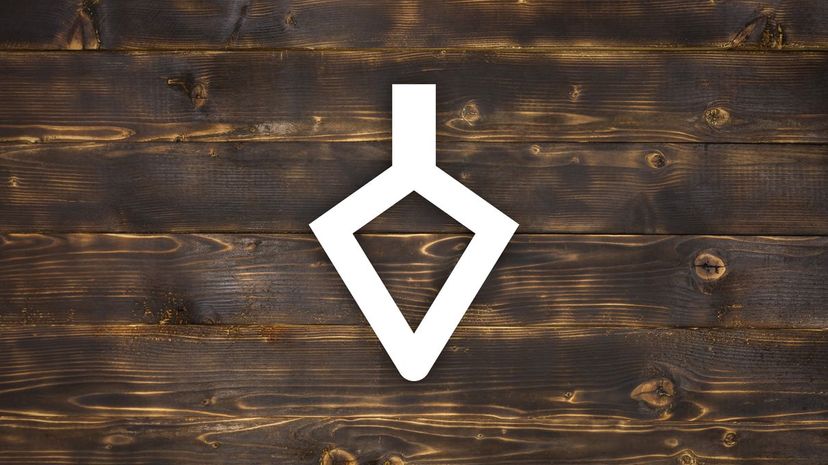
An arrow is a symbol of war, so it makes sense that this particular hobo symbol indicates that you need to be ready to defend yourself. Likely that meant the people in this area were not hobo friendly, and moving on would be a good idea.

Remember, these symbols came from the Depression Era very often and the time of the prohibition, so this symbol, which means the town is dry and free of alcohol, was probably more common than you might have thought it would be.
Advertisement
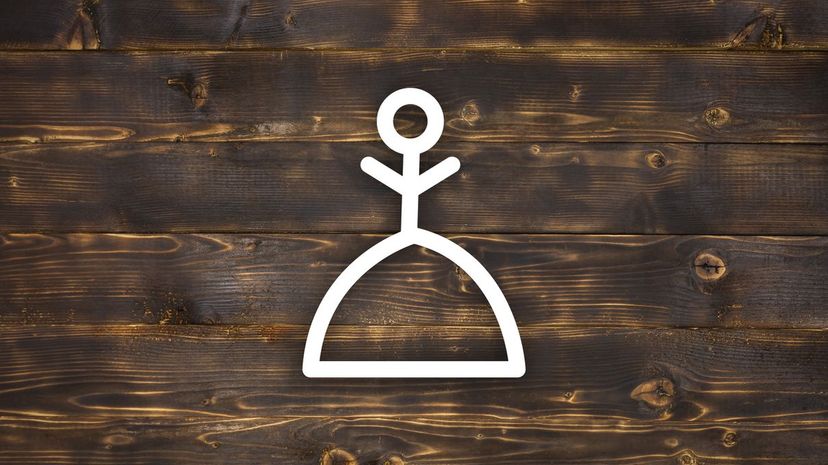
This is essentially the stickman version of a lady in a dress, so it makes sense that it's the symbol for a woman. Now whether that means a housewife, a woman living alone, or something else altogether is not really clear.
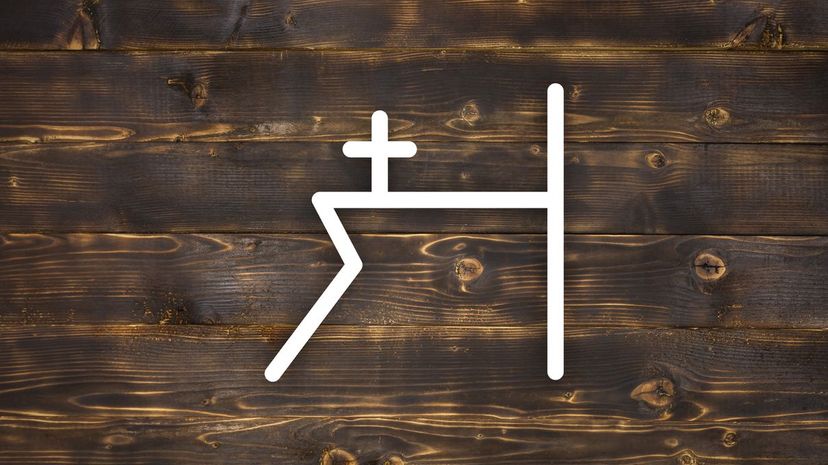
The symbol is perplexing, but what it means is that you can get food here if you're willing to work for it. Part of the hobo code was to always look for work, in particular the work no one else was willing to do.
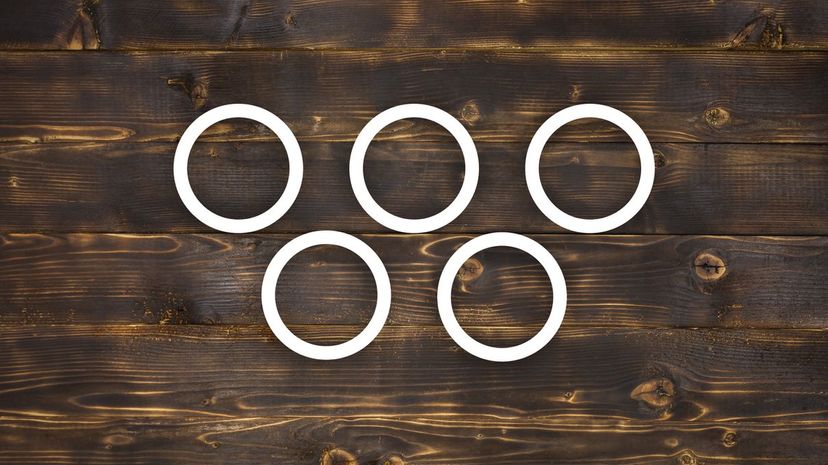
Those five rings are no rings at all but representative of coins. The symbol indicates there's a good chance you can make some money here. The hobo code stated you should never use that money to get stupid drunk. A little drunk, sure. But not stupid drunk.
Advertisement

Hobo symbols don't have to make a lot of sense, and this one fits the bill in that regard. The window with a triangle combination means that a kind gentleman lives here, and you may be able to get a hand from him.
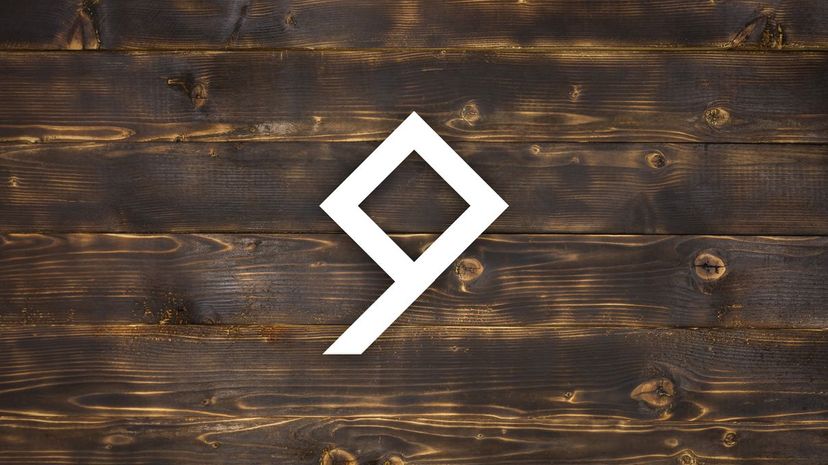
That little leg trailing off to the side might just be your tongue, and this symbol means you ought to hold it. Basically, keep a low profile here, don't talk out of turn, and probably keep any cussing to yourself.
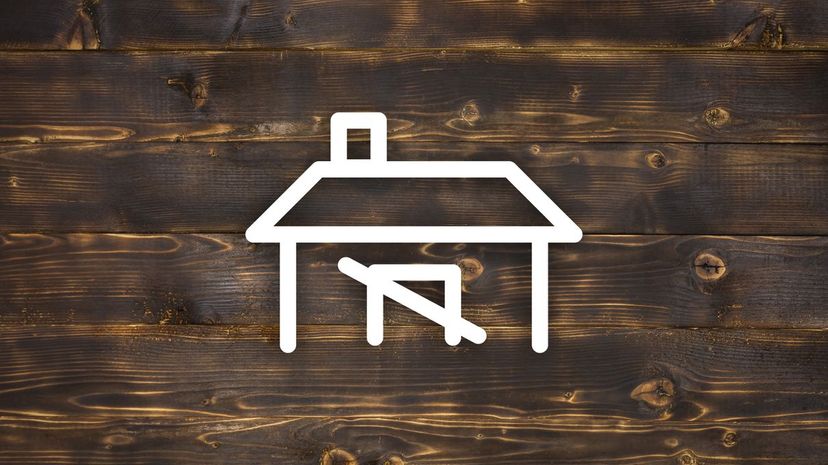
That little bar across the door on this symbol indicates that the house you're at is very well guarded. That's not necessarily a bad thing, but you probably don't want to try anything funny here, just to be on the safe side.
Advertisement

That big smile means you can get a night's sleep in the barn at this location. There are actually a few symbols that share this meaning; another one looks like a pair of wavy lines on a stick over a circle.
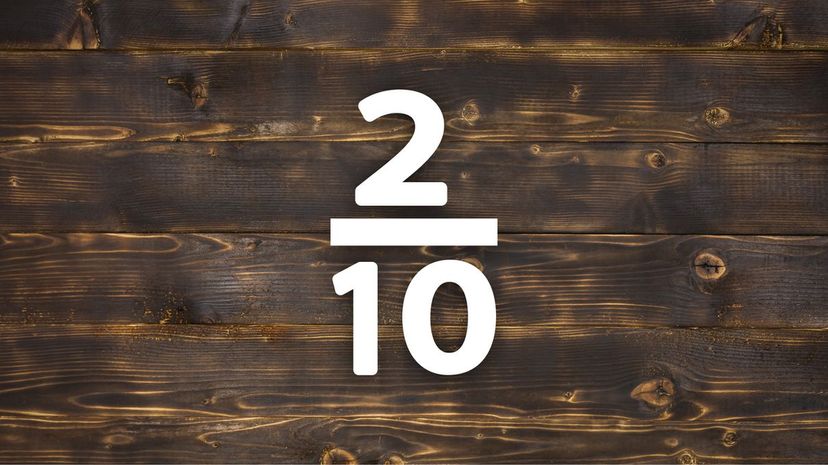
For whatever reason, the 2/10 equation is a warning that you need to beware; there are thieves around. Hobos were an easy target for thieves since they had no place to stay, and they were already frowned on by most people, including law enforcement.

This triangle with an antenna or possibly a teepee is a warning symbol. When you see it, it means that you'd best keep away. Either the people here are unfriendly, or there's some other kind of danger. Either way, there's no need to find out, just leave.
Advertisement
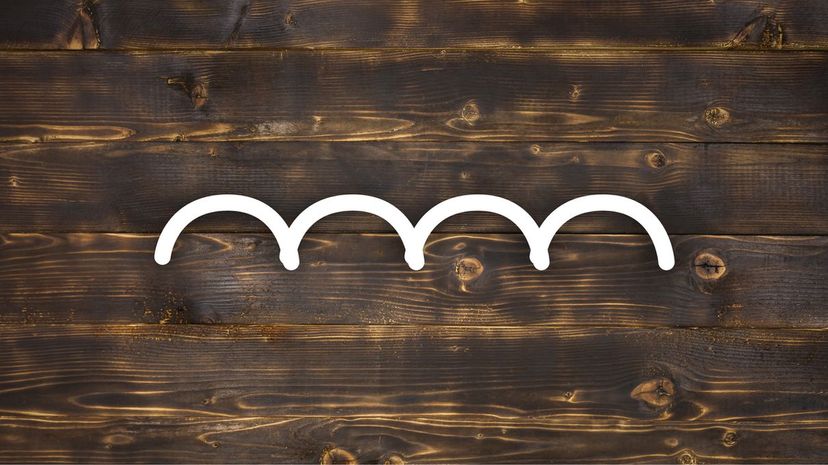
This bumpy little line indicates that the family living here is poor. Based on the hobo code, you'd want to know not to bother these people, or if they are willing to help you out, don't take advantage of them since they're hard up themselves.
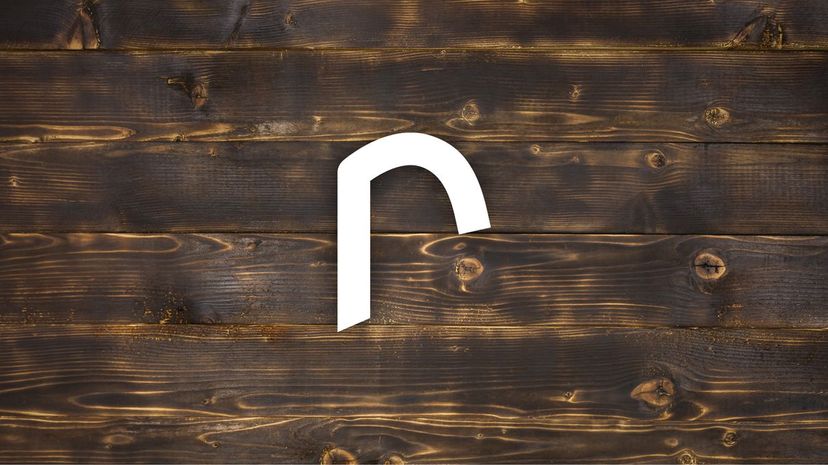
Maybe this R is meant to represent the staff that's sometimes used as a symbol for medicine, who knows? In any event, it means that you can go to this place for help if you're sick and need some medicine or other help of that nature.
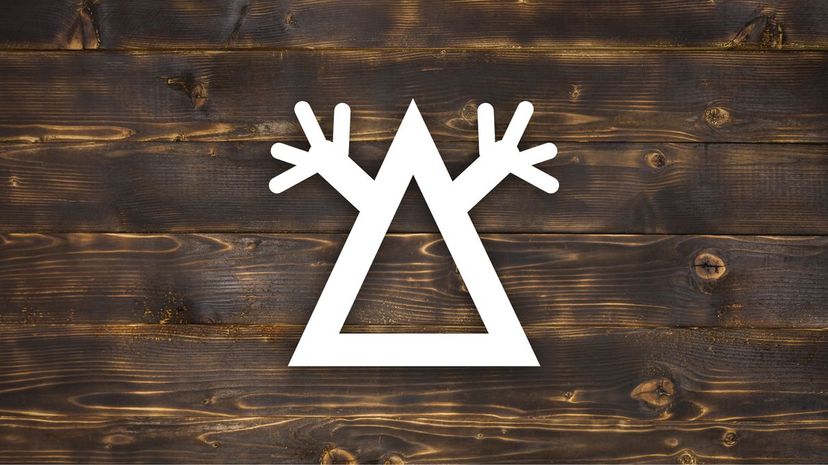
The triangle seems to put putting its hands up here, and maybe that's because it's telling you a guy with a gun lives in this house This is a warning symbol that you should definitely just keep moving if you want to stay safe.
Advertisement

Those crisscrossed Ws indicate that a mean dog lives in the house you're at, so you might want to back off. Hard to say why that symbol was used but all things being equal, it does kind of look like cartoon dog teeth.
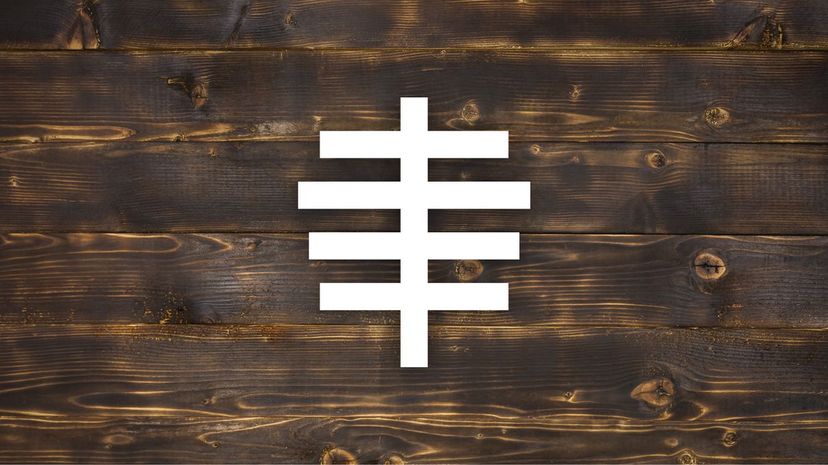
Four lines across a center line looking like a segment of a fence is an indication that the house you're at is occupied by a police officer. This is generally a bad thing as hobos, as illegal riders of rails, are viewed as criminals by most police.
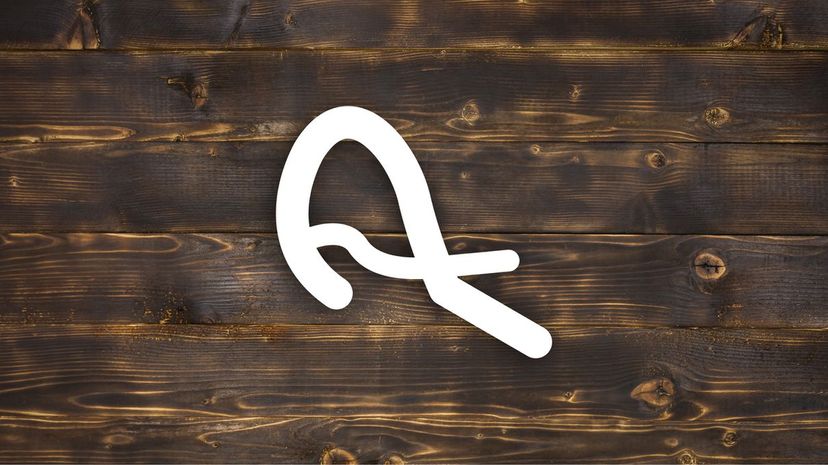
This symbol looks like a gibberish scrawl more than anything else, but it carries a weighty meaning. The person at this location is dishonest, and you should keep your eyes open, this may end up bad for you.
Advertisement
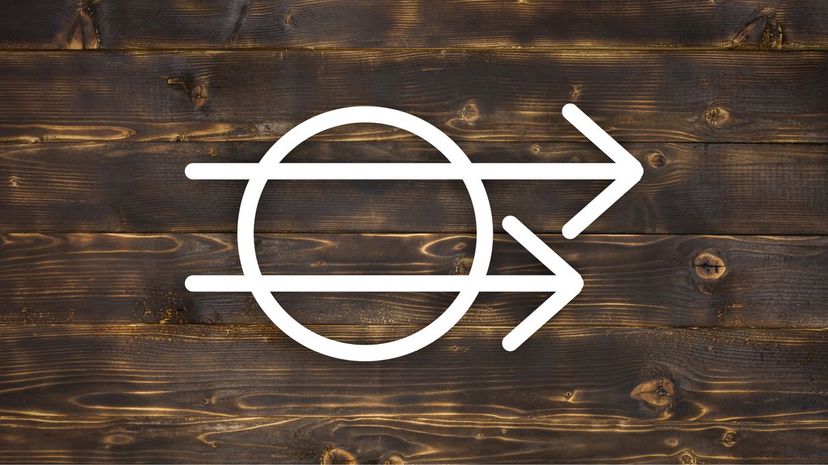
A circle that points away with a pair of arrows is a serious warning. You need to get out fast. Whether the danger is thieves, police, a bad homeowner or something else, this is not a friendly place for a hobo, and you need to be on the move.
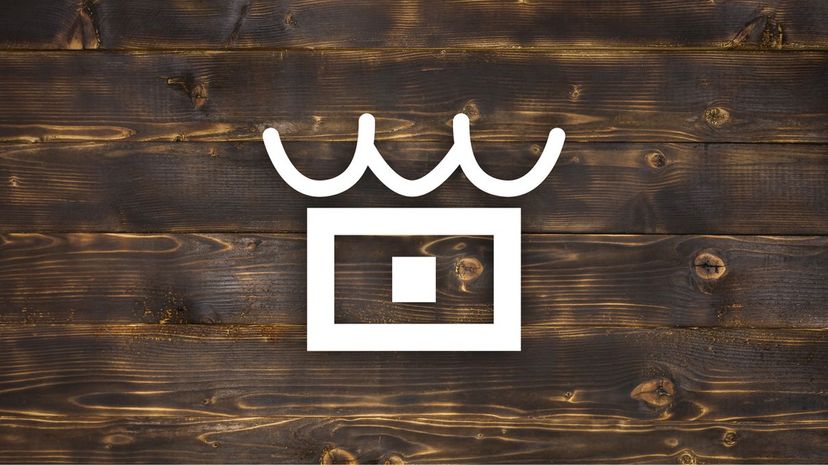
The little cartoon wave over some sort of cube is a warning sign. There may be water nearby, but it's not water you want to drink because there's something bad here. Usually, this would be found near an open source like a pond or a stream.

Why this particular symbol means a police station or courthouse is anyone's guess, but that's what it indicates. Hobos are historically not fond of law enforcement, so this is a casual warning to go somewhere else.
Advertisement
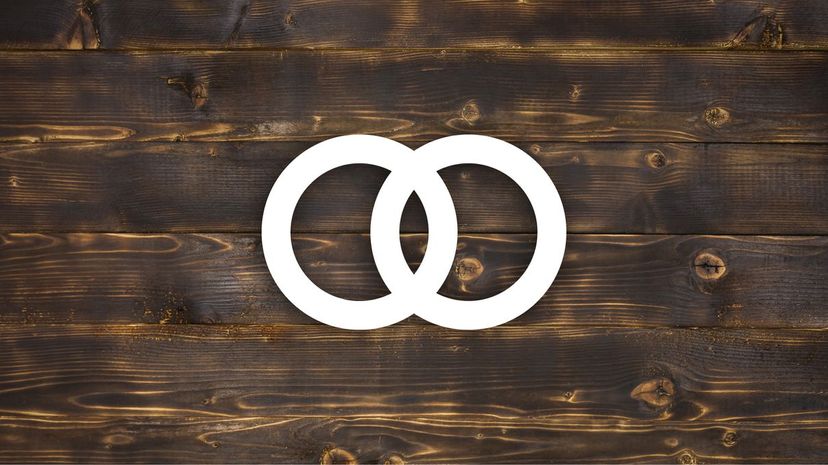
Those two rings are symbolic of handcuffs because this symbol means hobos are arrested on sight. Even though some were just looking for work, other hobos were potentially dangerous or criminal, and some places chose to arrest all of them whenever they were found.
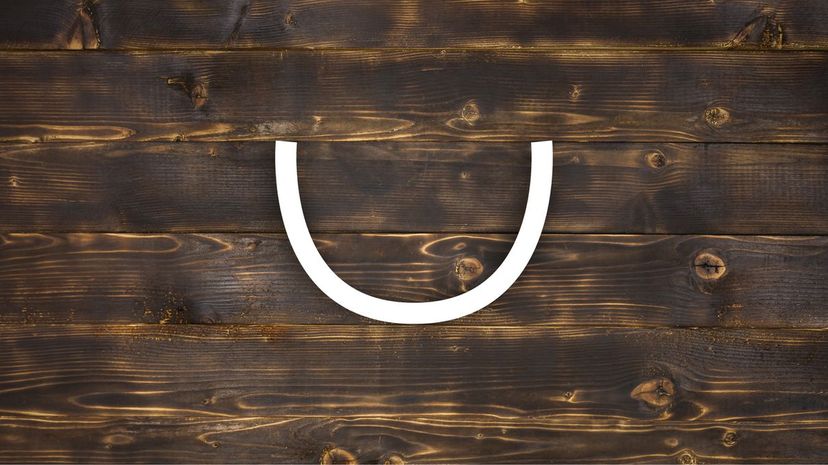
This semi-circle symbol is a simple and easy one that means this is a good place to sleep. This symbol is much more plain than many others, likely for ease of use. The easier a symbol is to draw and recognize, the more helpful it will be.

Is there a reason a bird is used as a symbol for a phone? Hard to say. Birds travel long distances, maybe that has something to do with it. This symbol likely hasn't been used in decades because why would anyone care about a phone anymore?
Advertisement
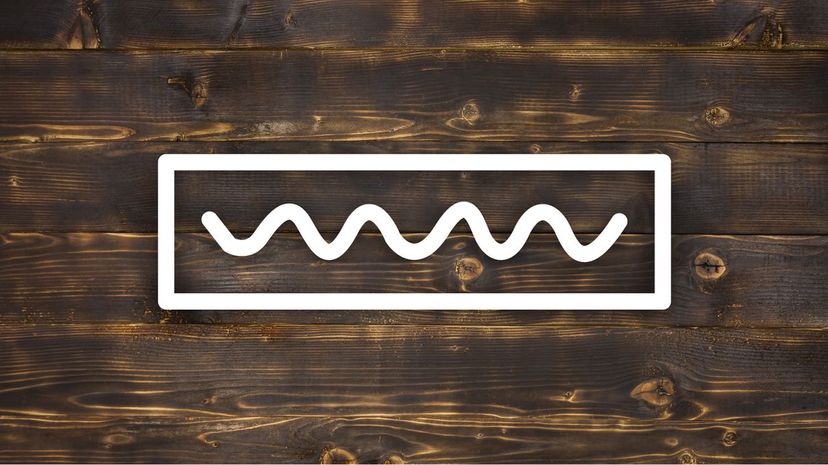
The squiggle in the box is a sign that you're near an owner with a bad temper. It looks vaguely like a symbol used for ovens, so that may be where it came from - the owner is a bit of a hothead and should be avoided.

The V symbol scrawled somewhere means it's time to get deceptive. If you fake an illness, you may get more help than if you just present yourself as a healthy person who's looking for work in this location.
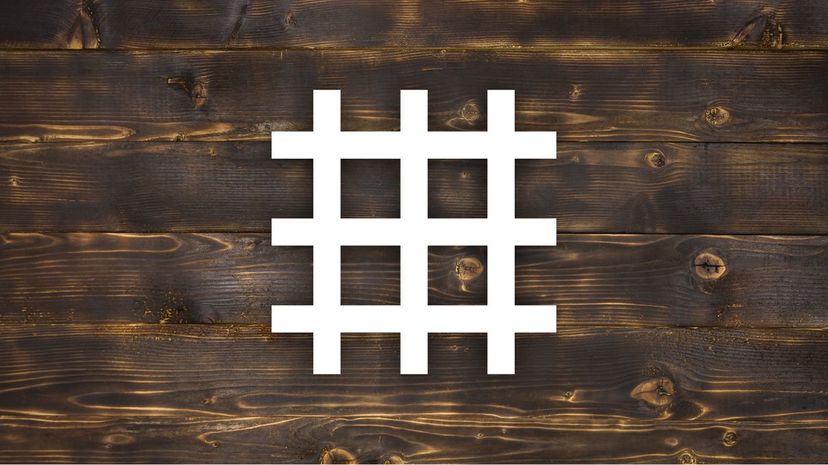
This symbol might be meant to reflect the look of bars in a jail cell, but whatever the case, it does symbolize jail. That means either the jail is nearby or you're heading there if you stick around too long.
Advertisement
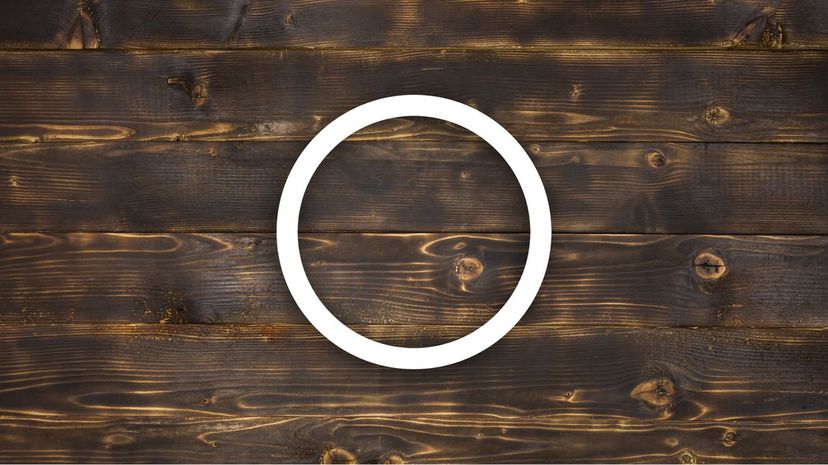
A simple circle lets hobos know that nothing is going on in the area, and they'd do well to keep moving. There's nothing good, nothing bad, just no work, and no reason to stick around unless you're just looking for a place to do nothing.